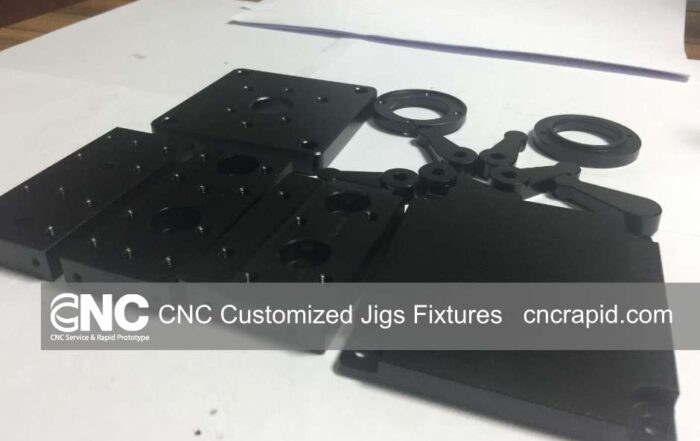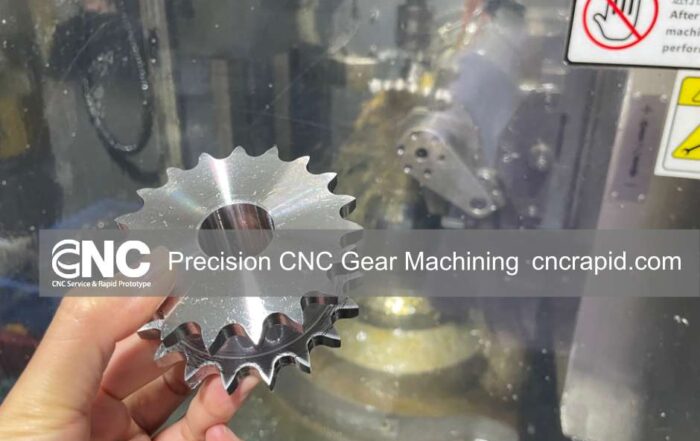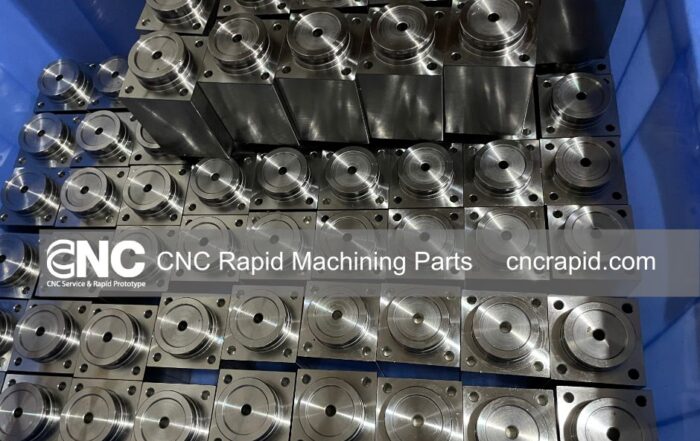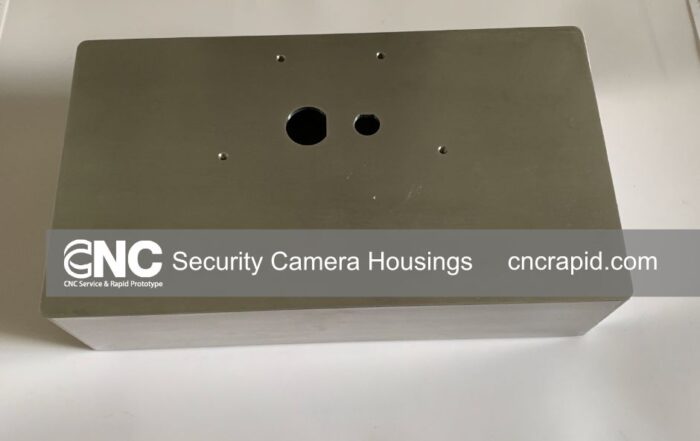The Significance of Brass 260 in CNC Machining:
Brass 260 offers excellent ductility for complex CNC shapes. Its bright finish and corrosion resistance make it a top choice for quality products.
Brass 260, commonly referred to as “Cartridge Brass,” is a versatile and widely-used alloy in the CNC machining world. Its combination of ductility, strength, and corrosion resistance makes it a preferred choice for a range of applications.
Chemical Composition: Brass 260 is primarily composed of:
- Copper: 68.5-71.5%
- Zinc: 28.5-31.5%
This specific composition gives Brass 260 its characteristic yellow color and mechanical properties.
Key Features:
- Ductility: Brass 260 is known for its excellent ductility, allowing it to be formed into complex shapes without cracking.
- Good Strength: Suitable for many applications due to its balanced strength.
- Corrosion Resistance: Resistant to weathering and exposure to most typical atmospheric conditions.
Machining Insights: Brass 260 offers good machinability, though not as exceptional as C360. It produces a smooth, polished finish when machined, making it ideal for decorative parts. Its ductility also means it can be easily cold worked.
Applications in CNC Machining:
- Musical Instruments: Used in the creation of horns and other wind instruments due to its acoustic properties.
- Decorative Hardware: Its bright gold-like appearance makes it popular for decorative fixtures and fittings.
- Ammunition Casings: Often used for bullet casings because of its formability and durability.
- Architectural Trim and Detailing: Its resistance to corrosion and aesthetic appeal make it a choice material for exterior and interior design elements.
Design Tips for Engineers:
- Utilize Brass 260’s ductility for designs that require intricate forming or shaping.
- While it offers good corrosion resistance, consider the specific environment for its use, especially if exposed to more aggressive conditions.
- It can be easily soldered and brazed, offering flexibility in joining methods.
Brass 260 combines aesthetics with functionality, making it a sought-after material in CNC machining. Its versatility ensures it caters to both functional requirements and design aspirations.
For more insights on Brass 260 and its applications in CNC machining, or to discuss your specific project needs, connect with our team
Brass 260 vs. C360 Brass: A Comparative Overview
| Feature/Property | Brass 260 (Cartridge Brass) | C360 (Free-Cutting Brass) |
|---|---|---|
| Composition | Copper: 68.5-71.5%, Zinc: 28.5-31.5% | Copper: 60-63%, Zinc: Remainder, Lead: 2.5-3.7% |
| Color | Bright yellow | Yellow to golden yellow |
| Machinability | Good | Excellent (Rated as 100%) |
| Ductility | High (Excellent formability) | Moderate |
| Strength | Moderate to High | Moderate |
| Corrosion Resistance | Good (especially atmospheric conditions) | Good (especially against water and mild industrial atmospheres) |
| Applications | Musical instruments, Decorative hardware, Ammunition casings, Architectural trim | Precision instruments, Valve components, Decorative hardware, Gears and pinions |
| Weldability | Good (can be soldered and brazed easily) | Challenging due to lead content, often brazed or joined using other methods |
Stay Updated with Our Latest
Keep the momentum of learning going! Here are some of our latest articles that complement what you’ve just read.
CNC Customized Jigs and Fixtures by CNC Rapid
Customized CNC jigs and fixtures are important tools that make manufacturing faster and more accurate. At CNC Rapid, we design and build these specialized tools to meet your unique project needs. By holding parts firmly [...]
Precision CNC Gear Machining at CNC Rapid
At CNC Rapid, we specialize in precision CNC gear machining, delivering high-quality custom gears to meet the diverse needs of our clients. Using advanced high-speed gear hobbing machines, we are capable of machining a wide [...]
Custom Manifold Adapter CNC Machining Services by CNC Rapid
At CNC Rapid, we specialize in delivering high-quality Manifold Adapter CNC Machining services. With years of experience in custom machining, we provide tailored solutions for clients across various industries, focusing on manifold components made from [...]
CNC Rapid: Mild Steel CNC Machining Services in China
At CNC Rapid, we are proud to offer high-quality Mild Steel CNC Machining services, tailored to meet the diverse needs of our clients. Mild steel, known for its strength, durability, and cost-effectiveness, is widely used [...]
CNC Rapid: Your Premier CNC Machining Parts Manufacturer in China
Choosing CNC Rapid as your CNC machining parts manufacturer in China means partnering with a leader in the industry. We provide more than just parts; we deliver solutions that enhance efficiency and drive innovation. With [...]
CNC Machining on Security Camera Housings
The precision and adaptability provided by CNC machining make it an invaluable process in the production of security camera housings. Not only do these enclosures protect sensitive photographic equipment from environmental hazards, but they also [...]






